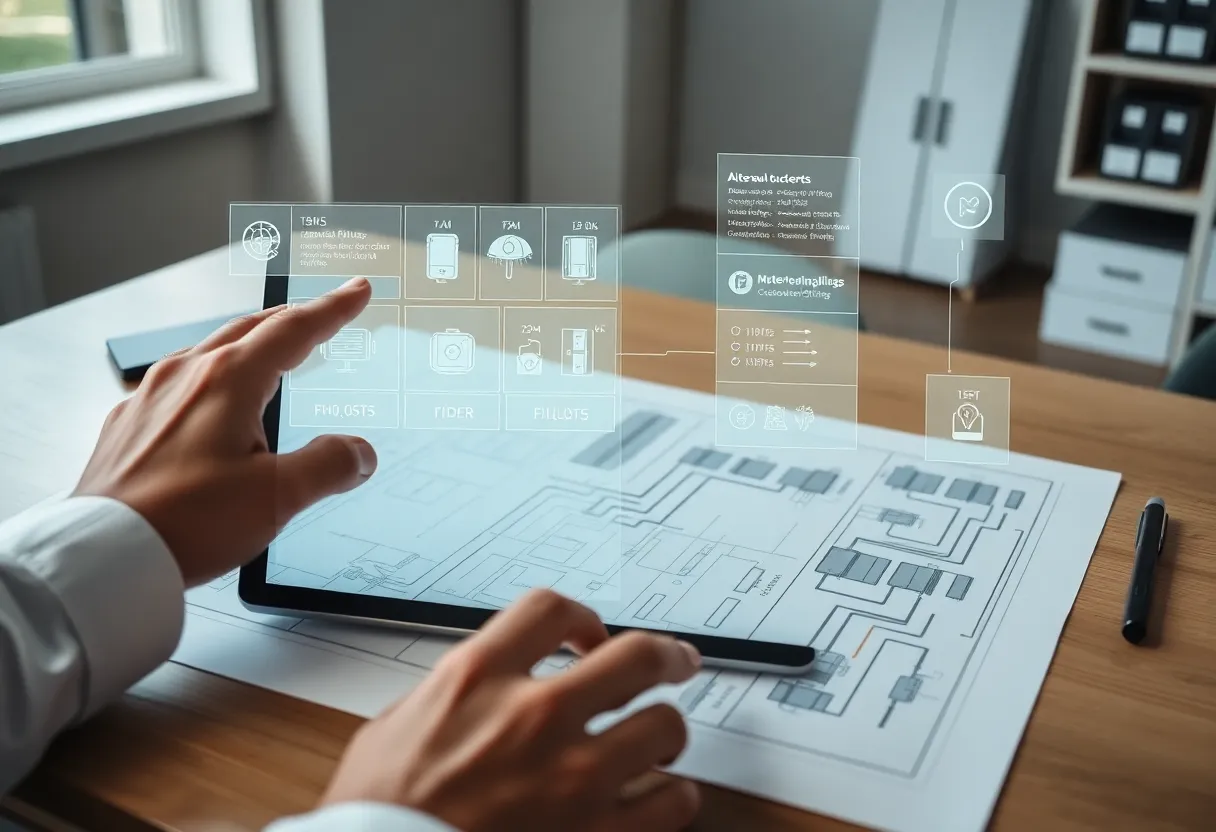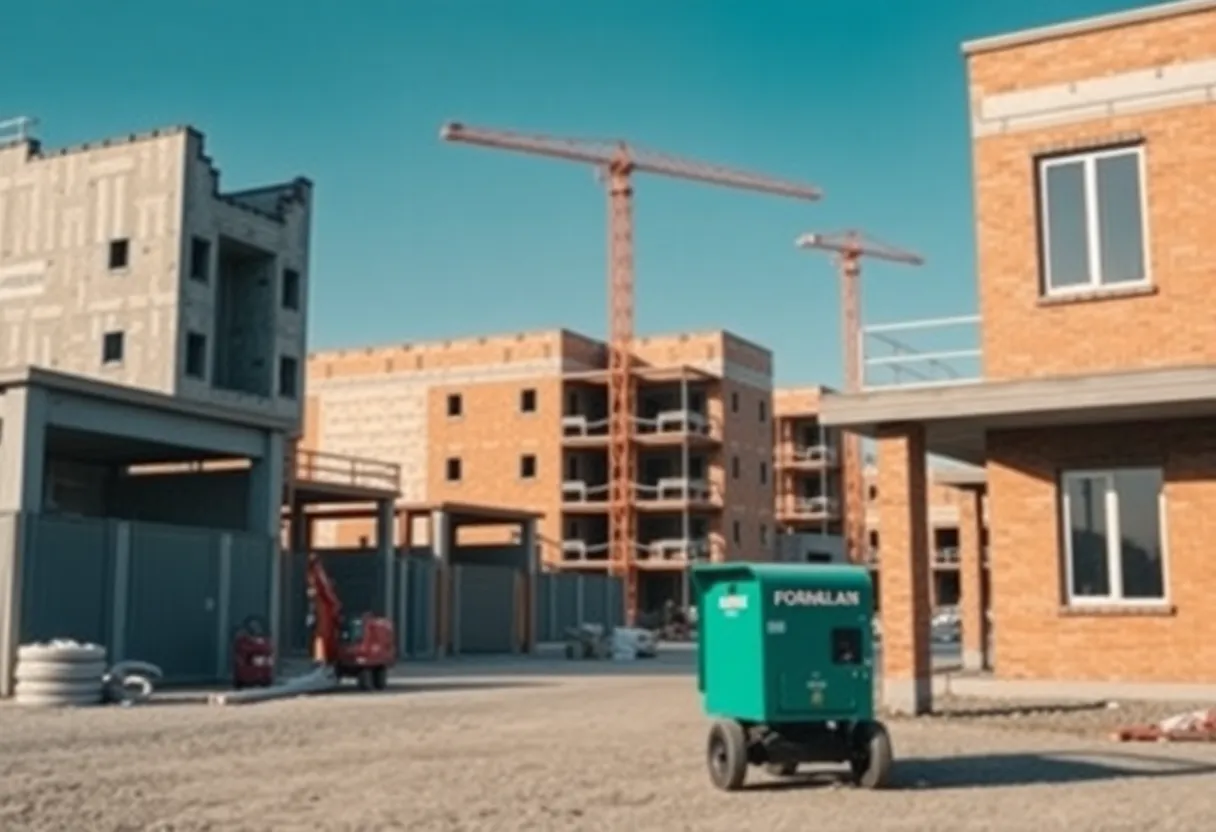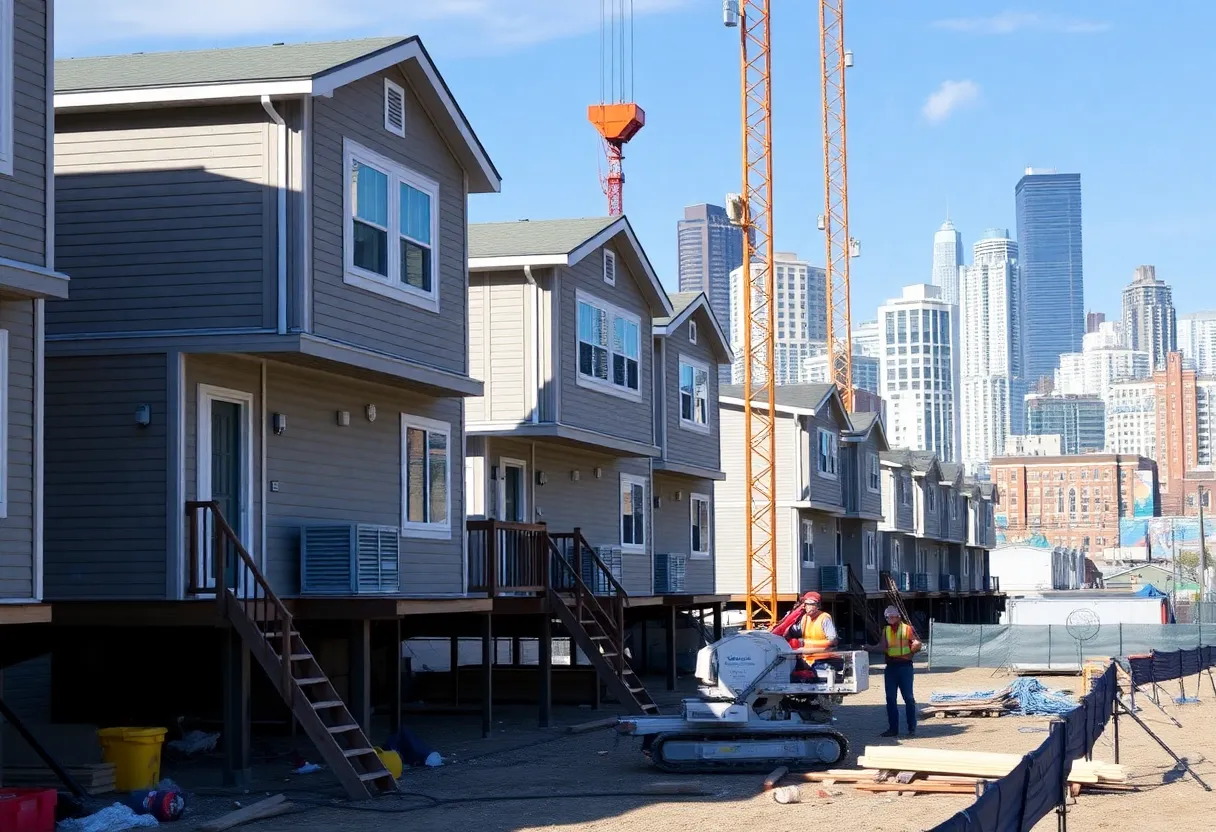United States, August 26, 2025
News Summary
The electrical contracting industry is rapidly adopting AI-powered estimating systems that scan plans, detect symbols, and auto-generate takeoffs in hours instead of days. These platforms improve precision, reduce omissions, and sync estimates with procurement, accounting and project management tools to eliminate duplicate data entry. Vendors ease adoption with intuitive interfaces, onboarding, training and support so experienced estimators retain oversight while gaining speed. Next-generation tools will add predictive value engineering, cost-saving assembly suggestions and risk forecasting, enabling teams to bid faster and more consistently while prioritizing accuracy and collaboration across projects.
AI Is Changing Electrical Estimating — Fast
Electrical estimating — a core function for every contracting firm — is shifting from hand-drawn plans and spreadsheets to automated, AI-driven platforms. Tightening profit margins and shorter project schedules have pushed estimating from a helpful tool into a near-essential part of the workflow in 2025. What used to take days can now be completed in hours, and the change is reshaping how electrical contractors bid, plan, and win work.
Why the shift matters now
Estimating teams that still mark up blueprints with rulers and colored pencils or that rely on PDF zooms and sprawling spreadsheets face growing risks. Human error, missed symbols, and slow cross-checks cost time and money. Modern AI platforms scan plans, detect devices, and produce takeoffs automatically, reducing omissions caused by low resolution, scaling issues, or complex annotations. Integrations with project management, procurement, and accounting systems further cut redundant data entry and administrative mistakes.
Practical gains for contractors
Contractors adopting AI tools report faster bids, more consistent estimates across teams, and fewer mistakes at handover. Shared digital libraries and synchronized updates help large or multi-site operations keep estimates aligned. For firms facing thin margins and tight schedules, these changes translate into more competitive bids and a clearer path to profitable work.
Barriers and how firms are overcoming them
Resistance to new tools and fears about losing hands-on control remain common. Successful deployments pair intuitive interfaces with tailored onboarding, training modules, live support, and community forums. That combination helps traditional estimators move from trusting instinct alone to relying on verified data without sacrificing judgment.
What’s next for estimating AI
The next wave of tools will go beyond detection and takeoff to offer deeper predictive and value-engineering functions. Future systems are expected to suggest alternative assemblies that meet specifications while trimming cost, perform real-time trade-off analysis during bid preparation, and flag supply-chain or scheduling risks before a bid is submitted. This evolution will further shorten delivery cycles and make early-stage decision making more data-driven.
Chicago Agriculture in 2025: Embracing AI for a Sustainable Farming Future
Chicago’s farming landscape blends urban gardens, peri-urban plots, and regional fields. In 2025, AI tools have become commonplace across this mix, improving yield predictability and resource efficiency. Precision systems that combine satellite imagery, drones, and IoT sensors let growers monitor soil health, moisture, and nutrient levels in near real time.
Expected gains and deployment
Industry figures project that AI could boost urban farm yields by up to 30 percent. High-value, quick-turn crops like leafy greens and microgreens benefit most, but corn, soybeans, and specialty vegetables in surrounding fields are also seeing targeted improvements. Automated machinery helps reduce labor costs and human error, while subscription satellite and AI services aim to make tech accessible for smaller operations.
Regional supply chain and sustainability
Chicago’s role as a transport hub means local AI gains can ripple through wider supply chains, tightening delivery windows and lowering waste. Satellite-driven monitoring helps city growers meet environmental rules, lower water and chemical use, and reduce the carbon footprint of food production.
Corporate AI Budgets and Industry Momentum
Across industries, AI is taking a larger share of IT budgets in 2025. Recent industry tracking shows AI allocations rising from around 10 percent earlier in the year to roughly 12 percent for many firms, with some companies assigning as much as 15 percent of IT spend to AI initiatives. A majority of enterprises pursuing AI have accelerated budget plans, focusing funds on clearly defined use cases, governance, and data security.
Market dynamics
Observers in the tech space describe current AI investments as highly competitive, with heavy spending on compute and specialized hardware driving cascading demand across the ecosystem. The result is continued enterprise consumption of AI services throughout 2025 and a strong emphasis on governance and measurable return on investment.
AI in Medical Research: Melanoma Prognosis Advances
AI is also advancing clinical research. A study applying deep learning to thousands of digitized tumor slides improved detection of tertiary lymphoid structures, a biomarker tied to better survival in advanced melanoma. Automated analysis matched image findings with genetic data to strengthen prognostic value, suggesting low-cost, scalable methods for routine pathology use. These methods could speed clinical decision making around immunotherapy for high-risk patients.
Broader takeaway for construction leaders
For construction and contracting firms, the trend is clear: automation that reduces repetitive tasks, flags risk, and links data across systems will drive competitive advantage. Investing in AI estimating tools, training teams to use them, and planning for future predictive capabilities will be key steps for companies that need faster, more reliable bids.
FAQ
What does AI electrical estimating do?
AI estimating scans plans, detects devices and wiring, and produces quantity takeoffs and cost inputs automatically.
Will AI replace human estimators?
AI handles routine, time-consuming tasks but human judgment remains essential for final decisions, value engineering, and dealing with unique site conditions.
How fast can AI make an estimate?
Tasks that once took days can often be completed in hours with modern AI tools, depending on plan complexity and integration needs.
Are AI tools expensive for small firms?
Options vary. Subscription models and tiered services aim to make AI tools accessible to a range of users, though initial setup and training costs should be planned.
How does AI help urban farming?
AI combines satellite imagery, drones, and sensors to guide watering, fertilization, and pest control, improving yields and reducing inputs.
Key Features at a Glance
| Topic | Key Benefits | Typical Tools | Common Challenges |
|---|---|---|---|
| Electrical Estimating AI | Faster bids, fewer omissions, better integration | Plan-scanning AI, takeoff automation, PM/accounting integrations | Change resistance, training needs, setup costs |
| Urban & Regional Agriculture AI | Higher yields, lower inputs, improved monitoring | Satellite imagery, drones, IoT sensors, analytic apps | Initial costs, data access, technical skills |
| Corporate AI Spending | Focused use cases, faster deployment, governance gains | Cloud compute, specialized chips, enterprise AI platforms | Budget allocation, governance, ROI measurement |
| AI in Medical Research | Automated biomarker detection, stronger prognosis data | Deep learning models, whole-slide image analysis | Model validation, clinical adoption steps, regulatory review |
Deeper Dive: News & Info About This Topic
Additional Resources
- MMS Online: Estimating and Quoting with AI — What’s Helpful and What’s Hype
- Wikipedia: Estimating and Quoting with AI
- AutoBody News: More providers of AI-based assessments, pre-estimates want to expand in collision repair
- Google Search: AI collision repair estimating
- Farmonaut: Chicago Agriculture — AI Revolutionizes Urban Farming
- Google Scholar: Chicago agriculture AI 2025
- Fortune: Fortune 500 companies beef up AI budgets — Wedbush analysis
- Encyclopedia Britannica: Artificial intelligence business spending
- Medical Xpress: Complex immune-cell AI tools (melanoma prognosis)
- Google News: melanoma tertiary lymphoid structures AI
Author: Construction NY News
The NEW YORK STAFF WRITER represents the experienced team at constructionnynews.com, your go-to source for actionable local news and information in New York and beyond. Specializing in "news you can use," we cover essential topics like product reviews for personal and business needs, local business directories, politics, real estate trends, neighborhood insights, and state news affecting the area—with deep expertise drawn from years of dedicated reporting and strong community input, including local press releases and business updates. We deliver top reporting on high-value events such as the New York Build Expo, infrastructure breakthroughs, and cutting-edge construction technology showcases. Our coverage extends to key organizations like the Associated General Contractors of New York State and the Building Trades Employers' Association, plus leading businesses in construction and real estate that power the local economy such as Turner Construction Company and CMiC Global. As part of the broader network, including constructioncanews.com, constructiontxnews.com, and constructionflnews.com, we provide comprehensive, credible insights into the dynamic construction landscape across multiple states.





